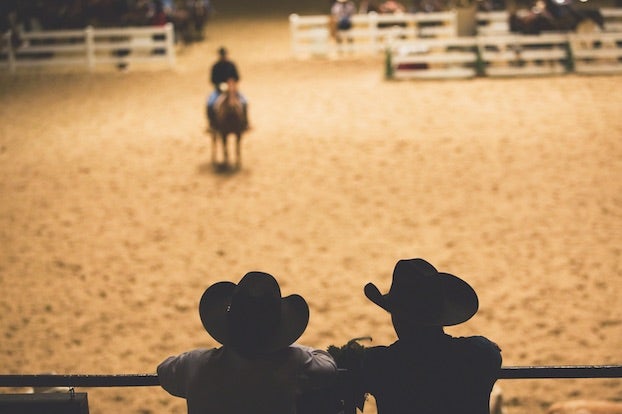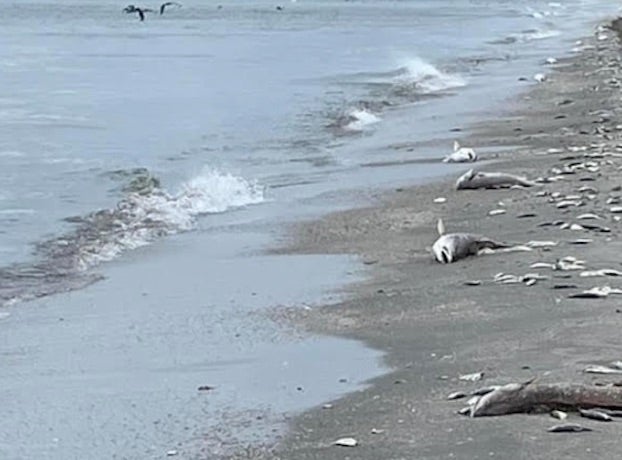Biologist isn’t fan of using corn to attract deer
Published 9:55 am Monday, August 19, 2013
NEW ORLEANS (AP) — The Louisiana Department of Wildlife and Fisheries’ head deer biologist, Scott Durham, isn’t a fan of using corn or other supplements to feed and attract bucks and does.
The practice tends to concentrate deer, which makes them more susceptible to predation and disease.
But in recent years, supplemental feeding has had a far more serious impact on local deer herds. It’s helped hog populations to flourish, and there now is no end in sight to that unleashed plague.
Hunters across the Bayou State, many of whom have never encountered feral hogs before, are starting to see them on trail-camera images, and not surprisingly, their deer numbers are paying a price.
“Wild hogs are a problem in every way,” Durham said. “They’re disease-transmitters, competitors for resources, predators on fawns — the list goes on and on.
“They’re the worst thing to happen to the landscape in a long time.”
Wild pigs are remarkably prolific. Sows have two litters a year with up to 10 piglets per litter. Even worse, sows reach sexual maturity at 6 months of age.
Since wild hogs are exotic, having been introduced to North America in the 16th century as livestock, they have no natural predators. Piglet survival rate is near 100 percent, according to LDWF.
Durham said almost invariably, the places in Louisiana with the fewest hog problems are where landowners have not allowed supplemental feeding on their property.
But, of course, feeding corn and other supplements is part of the hunting tradition in Louisiana, and is likely here to stay. Every rural convenience store has a pallet of corn prominently displayed from August through January. Hunters can’t seem to resist the “golden retriever.”
Durham recognizes that, so he strongly recommends that hunters who use supplemental feeding do something to keep the hogs away from the bait.
“If you’ve got to feed, you’d better exclude (hogs),” he said. “You need to put up a low-panel (fence) around your feeder. You don’t want to help the hogs.”
Deer will jump over low-panel fences, but hogs can’t jump.
Even still, deer love corn kind of like kids do cotton candy, but its nutritional benefits are limited. Rather than investing cash in supplemental feeding, Durham prefers to enhance his native browse.
“A lot of times, you’ve got your old fields that are full of dewberry, trumpet creeper and honeysuckle. A good way to spend money is to fertilize that,” he advised.
In such areas, Durham said land managers should check soil pH before spreading the fertilizer, just as they do with food plots. In Louisiana’s acidic soil, liming is usually essential in order for plants to access the nutrients in fertilizer.
Woody herbaceous plants that are well fertilized will not only grow better, they’ll be nutritionally richer for the deer and will be sought out.
(Special to the American Press)





